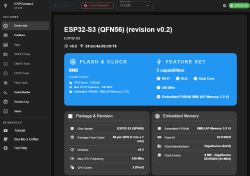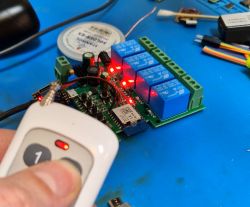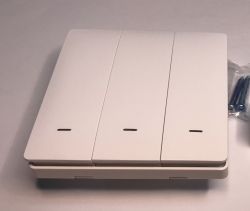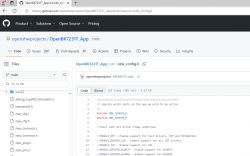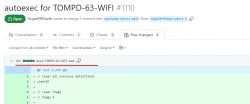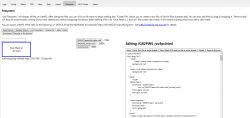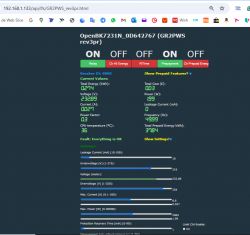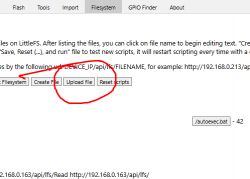Angel0fDeath wrote:Is it really necessary to know the state of dpID 6 each second or half second?
Not as fast, 5 or even 10 seconds, like this device does, is enough. But 5 minutes, as the other device has, seems too much even for "simple" applications, don't you think?
Angel0fDeath wrote:Probably if you share your idea, why you need such high refreshments we can think something...
Well, one of my ideas is to implement a device that warns when something called "ICP" is going to trip, also indicating how long it will take to trip. "ICP" stands for "Interruptor de control de potencia" (Power control breaker) and is something implemented in Spanish's smart meters to avoid customers taking more power than they are paying for. But it's not a simple power or current limit, but it has a rather generous inverse time curve so it will trip faster the further you go over the limit. For example, it will allow you to drain 150% of your contracted power during 15 minutes, but if you go to 200% it'll trip in less than 5 min. So I'd like to have some kind of warning (sound, traffic light or the like) that allows to react and turn off something before the meter trips (and somebody start crying because he lost all his work in his computer...). I tink 5-10 seconds update time is enough for this application. I have 9 kW in my contract but have an instant electric water heater of 24 kW (it never reaches full power in normal conditions). Usually, I don't have problems during a shower (let's say 3-5 min), but if I have one or two HVAC units connected at the same time, I probably would have a blackout. A further improvement would be to turn off the air conditioning when power reaches a certain amount, taking into account the inverse time curve or not.
Angel0fDeath wrote:And if you really need such quick update you can probably consider buying some professional devices... But speaking about professional devices - the only difference probably will be the price and reaction time of the protections. Well reliability also. You will always receive the info with delay... it is always 'post factum' - after event occurs
You're right, but I don't really need that (and less want to pay the price!). Another possibility I'm considering is simply using PZEM-004T module(s) (I have three phase at home) directly connected to an ESP module (already did some experiments with them). Or, maybe, something like this connected to the ESP module via MODBUS (I think OBK doesn't implement it). Of course, the poor documentation doesn't state refresh rate but, if it's like with the PZEM, you send a command and get a response quite fast (I tested them with 1 second and even less).
p.kaczmarek2 wrote:I agree, shouldn't have been very difficult for them to implement it like that, but we'll have to live with it ☹️So, as far as I know, it's not possible to request single DP update. That's a shame, they could very well just allow sending 0x08 command with a single payload byte as argument (dpID) and report only that, but as far as I know, there is nothing like that in Tuya specs




